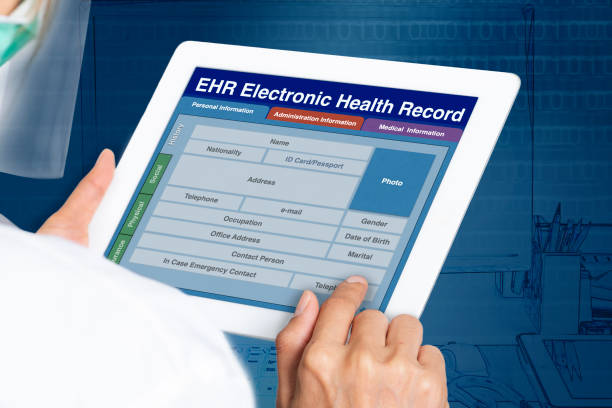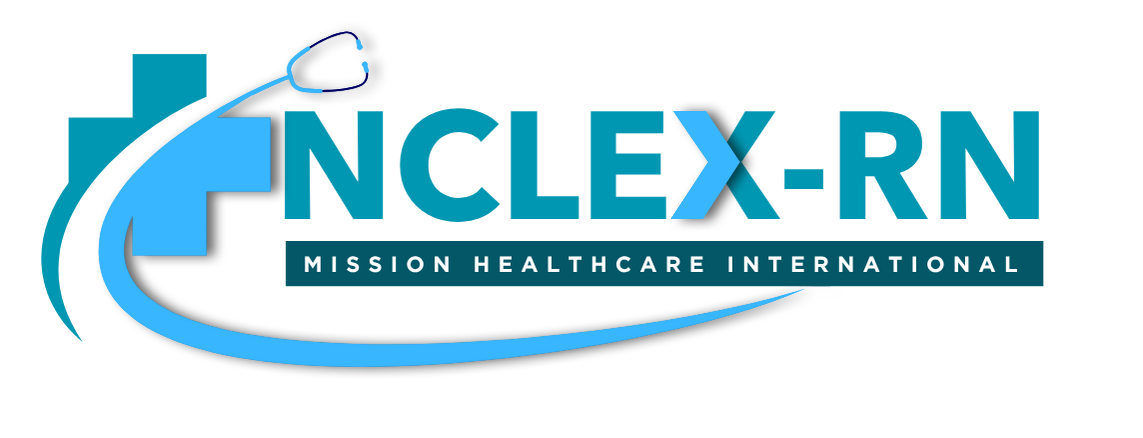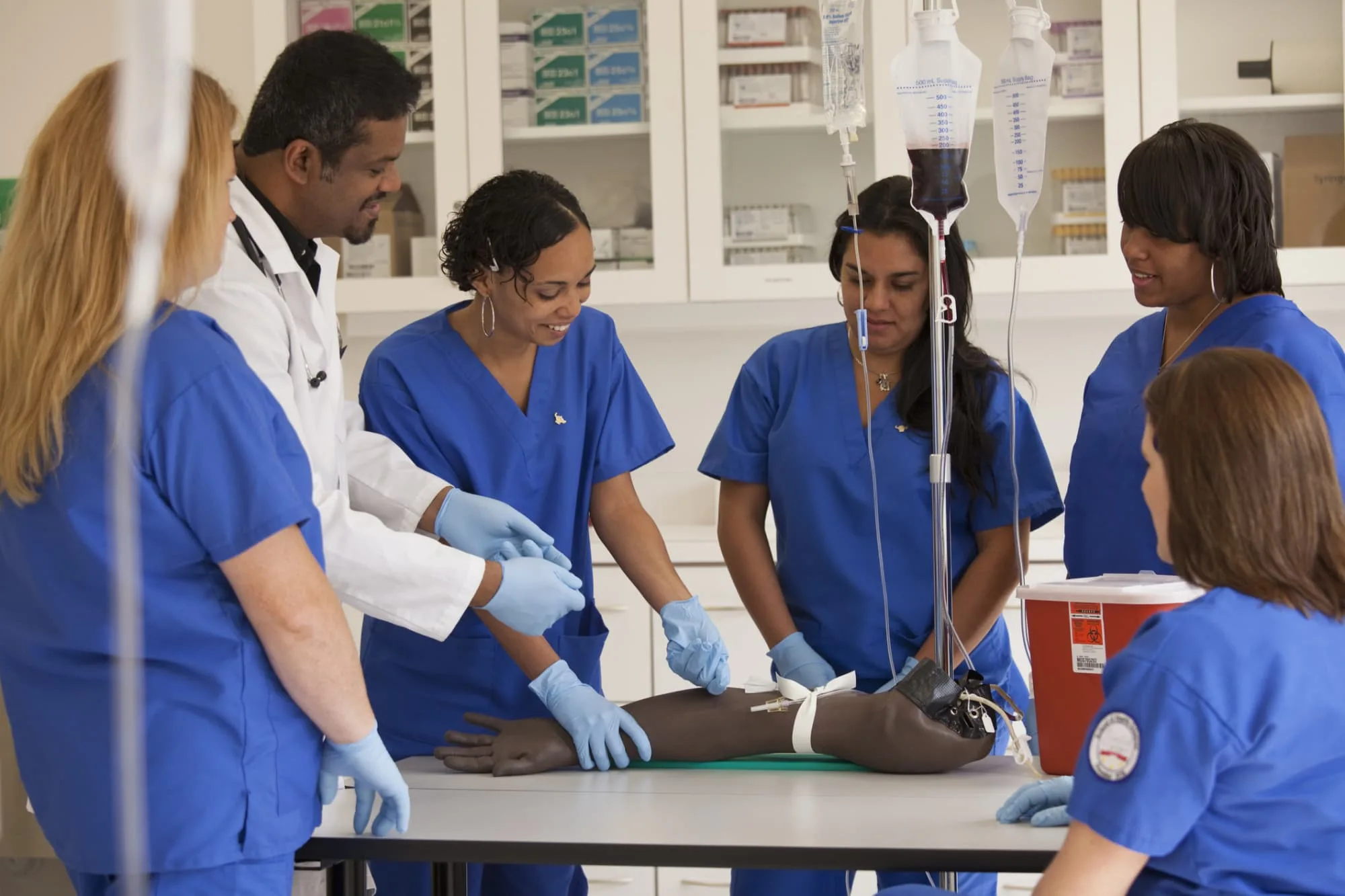To succeed in the fast-paced, tech-driven environment of U.S. healthcare, nurses must be comfortable using a variety of digital tools. From documentation systems to patient monitoring apps, here are key platforms you should know:
🩺 1. Electronic Health Record (EHR) Systems

U.S. hospitals rely heavily on EHRs to manage patient data. Nurses should learn how to document, retrieve, and update patient information efficiently.
Common EHR Systems:
- Epic – Most widely used EHR system in the U.S.
- Cerner – Popular in both public and private hospital systems.
- Meditech – Known for ease of use in smaller facilities.
- Allscripts – Used in outpatient and large-scale hospital settings.
📚 Tip: Many hospitals offer simulation training or modules during onboarding.
📋 2. Medication Administration & Barcode Scanning Tools

Nurses must scan patient ID bands and medications before administration to reduce errors.
Tools:
- Pyxis MedStation – Automated medication dispensing system.
- BD Alaris Pump – Smart IV infusion system.
- ScanSmart or MediScan – Barcode scanners for safe med administration.
💡 Familiarity with these tools helps ensure safe, accurate, and compliant medication practices.
📱 3. Communication & Team Collaboration Apps

Nurses use HIPAA-compliant apps to communicate with other healthcare professionals in real-time.
Popular Tools:
- Vocera – Wearable voice communication.
- TigerConnect – Secure texting and voice for team communication.
- Microsoft Teams / Zoom – For remote meetings, briefings, and e-learning.
🔔 Effective use of these apps ensures timely updates and smooth coordination.
🧠 4. Clinical Decision Support Systems (CDSS)
These provide nurses with evidence-based guidelines and alerts at the point of care.
Examples:
- UpToDate – Trusted clinical resource for nurses and physicians.
- Lexicomp – Drug reference and interaction checker.
- Micromedex – Used for medication safety and clinical information.
📖 These resources help nurses make informed decisions and educate patients accurately.
📈 5. Patient Monitoring & Bedside Technology

Nurses are expected to manage and interpret data from various devices.
Common Technologies:
- Telemetry Monitors – For continuous cardiac monitoring.
- Vital Signs Monitors (e.g., Welch Allyn Connex) – Integrated with EHR.
- Smart Beds – Alert nurses to patient movement or bed exits.
🖥️ Training on interpreting and responding to real-time data is critical.
👩⚕️ 6. Nursing Skill-Boosting Apps
Many nurses use apps to study, review protocols, or prep for specialty certifications.
Recommended Apps:
- NCLEX-RN Mastery – For continuous learning and prep.
- Nursing Central – Reference app with drug guides and care plans.
- Pill Identifier by Drugs.com – For quick medication identification.
- PEPID – Clinical reference with nursing-specific features.
📲 Perfect for lifelong learning and on-the-go support.
🔒 7. Compliance & Reporting Tools
Nurses also use tools for incident reporting, infection control, and legal compliance.
Examples:
- RLDatix – For incident and safety event reporting.
- Infection Control Apps – Built into EHR or used via hospital intranet.
- HIPAA Training Modules – Mandatory for all healthcare workers.
⚠️ Understanding compliance tools protects both patients and professionals.
🚀 Final Thoughts: Be Digitally Ready
U.S. nursing practice integrates technology in almost every task. As an internationally trained nurse, being tech-savvy gives you a competitive edge—and ensures you’re ready to provide high-quality care from day one.
🎯 Want to Boost Your Tech Confidence Before Relocating?
Mission Healthcare International offers NCLEX training plus digital readiness coaching for U.S.-bound nurses.
👉 [Join Now and Start Your NCLEX + U.S. Practice Prep]







